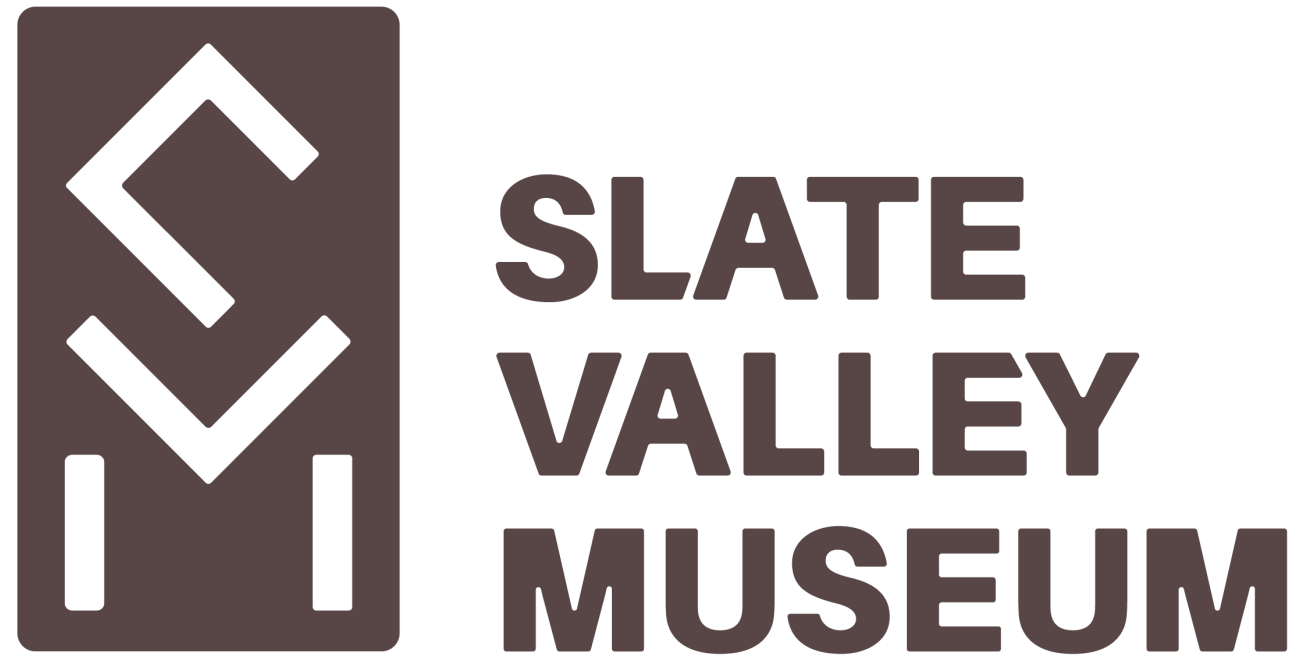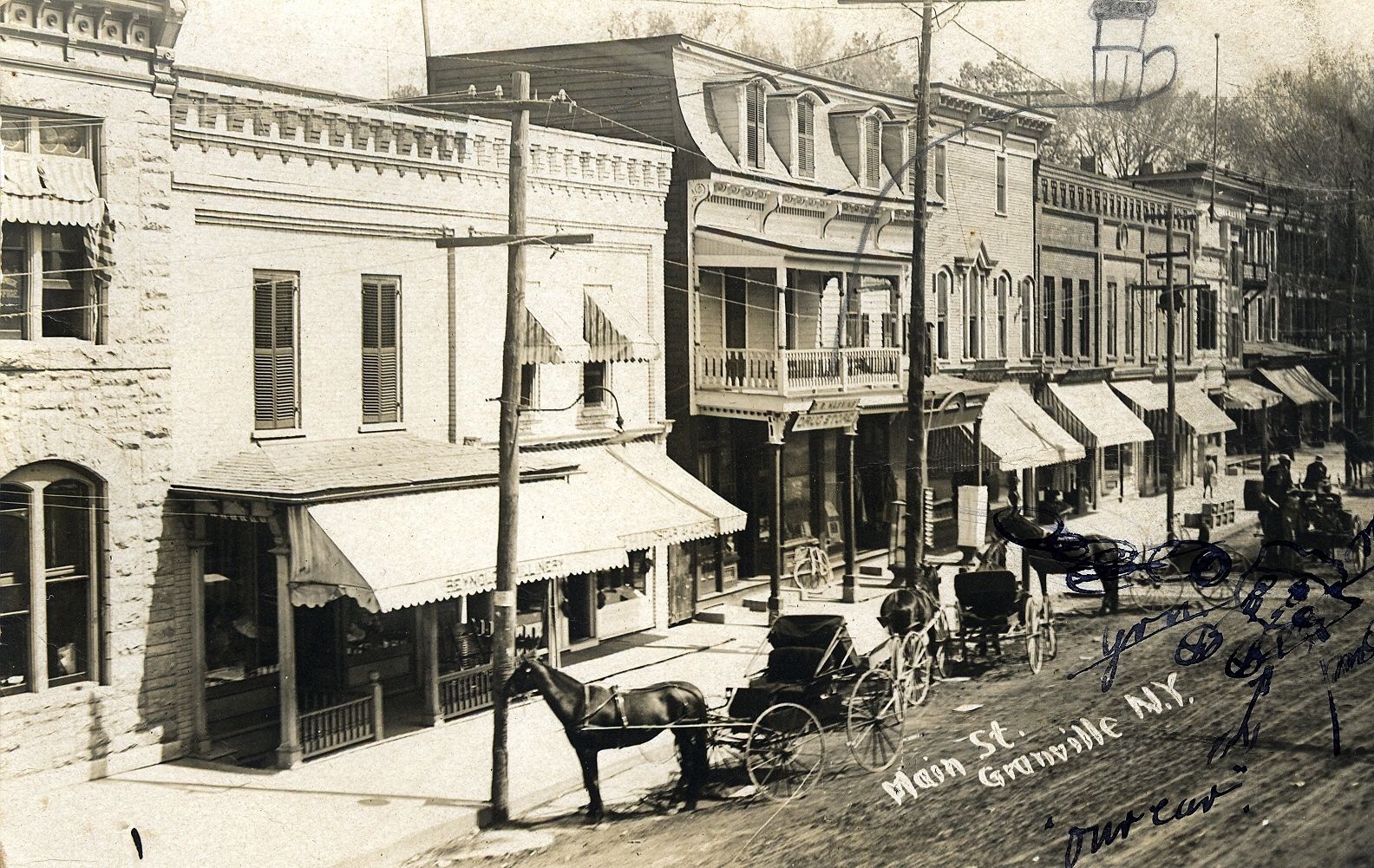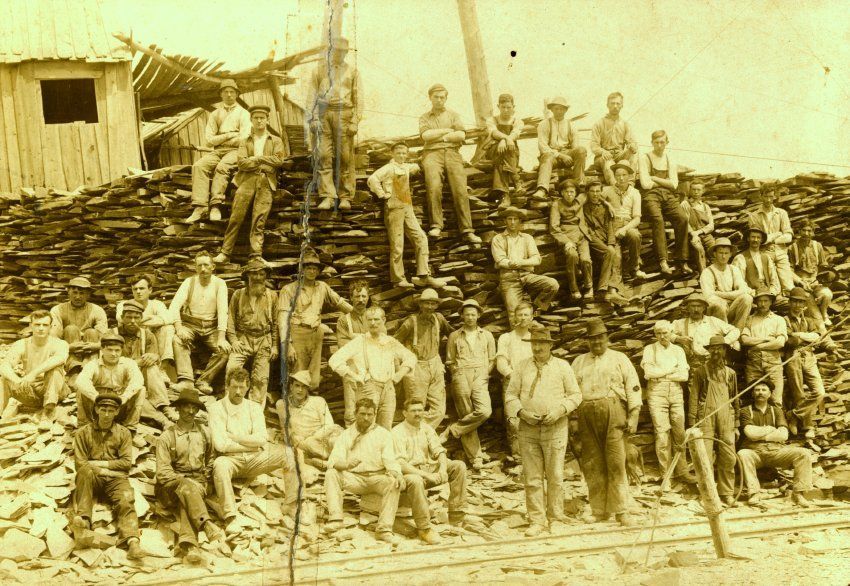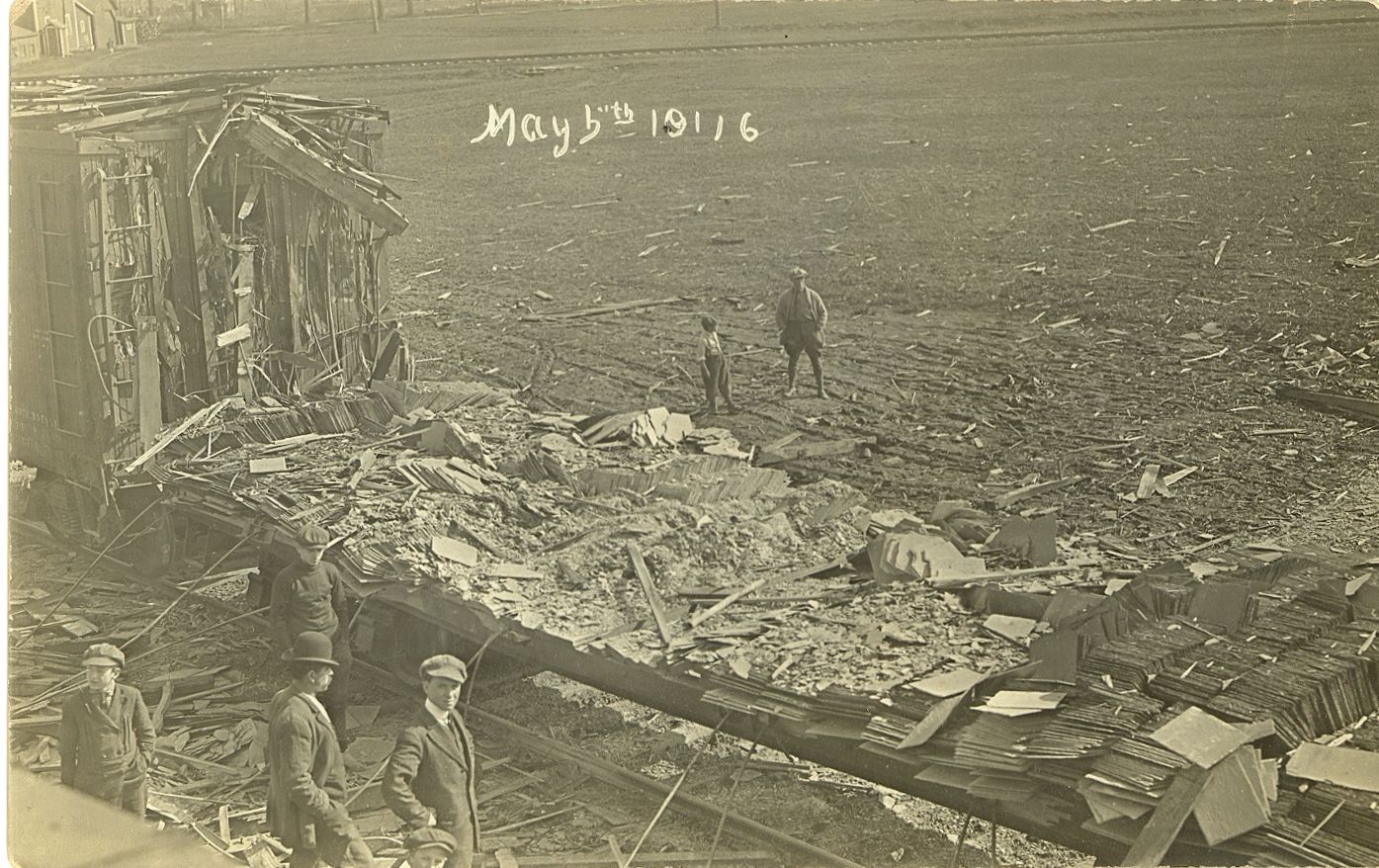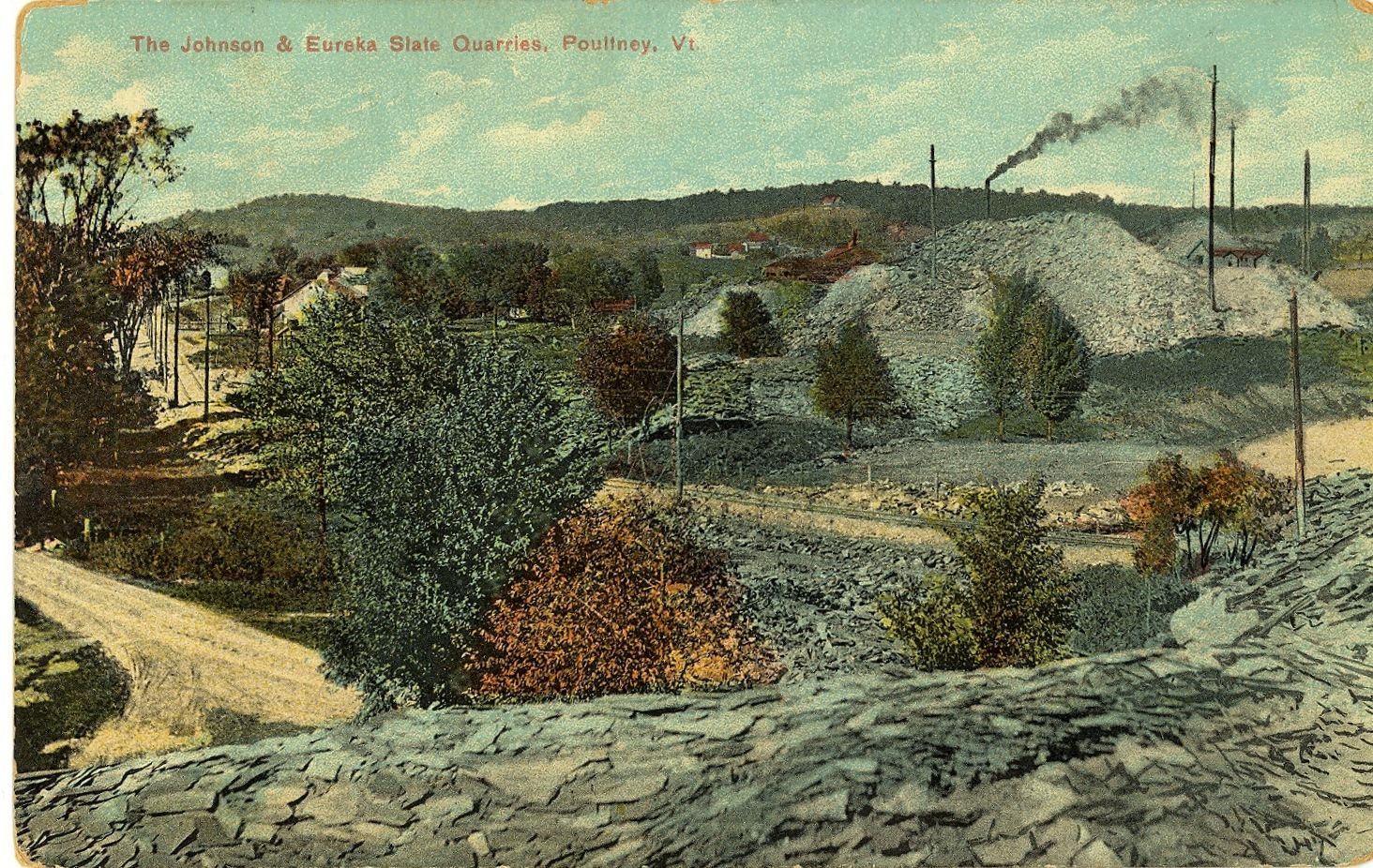The Basics
What is a Union?
A labor union is a group of two or more employees who join together to advance common interests such as wages, benefits, schedules and other employment terms and conditions. Because individual quarry workers did not have the power to negotiate better terms with their employers, many workers would together form a union to engage in “collective bargaining.”
What is collective bargaining?
Collective bargaining is the mechanism or process for an organized group of workers ("labor") and their employer ("management") to pursue mutual agreement over workplace issues.
What is a strike?
A strike occurs when employees refuse to continue working until demands are met, often after negotiations have broken down. In the US today many forms of striking are legally protected by the Federal government.
